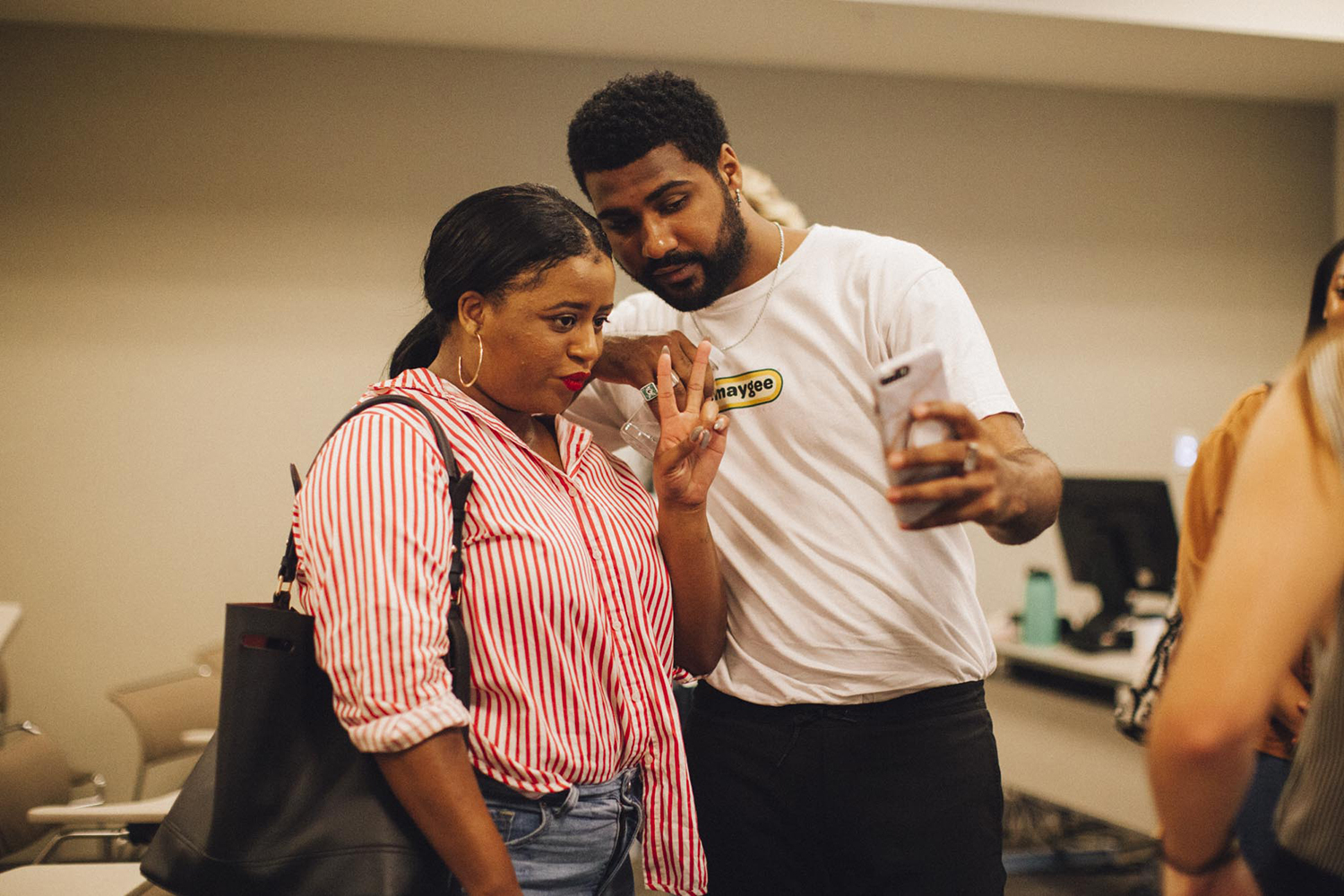Who would have thought that a sneaker-head from Kansas City could turn into a successful style editor at GQ Magazine? He did. GQ’s Style Editor Mark Anthony Green visited SCAD this past weekend as a speaker in WordCast, SCAD’s media conference. As a man who is not in the business of sugar-coating, he brought an honest perspective at the current world of fashion and media as well as some pieces of advice for students looking to get involved.
Throughout the discussion, Green detailed his journey to GQ. He started at the beginning, where he submitted a writing sample to the PR department every two weeks for a year (persistence pays!) until someone decided to take a chance on the enthusiastic college student who exuded confidence. Two months after graduation he landed a job at GQ where he has been ever since.
“Everyone is influenced by the same handful of writers or designers but the really talented people are influenced by things that are so left field of their core group.”
When detailing his process, or as he says, “his lack thereof,” Green stressed a few key points.
“I believe you should find your influences. You have to have a balance. Everyone is influenced by the same handful of writers or designers but the really talented people are influenced by things that are so left field of their core group.”

Alongside finding a balance and unique inspiration, Green emphasized the importance of learning to write in a certain style and knowing how to stick to a deadline. Each publication has their own style in regards to what they produce, why, and what it sounds like— their own fingerprint in the written industry if you will. Everything that the publication produces must fit within that fingerprint, that brand, otherwise, it isn’t right for it. Learning how to think within that publication’s voice will help get you in the door, but sticking to a deadline will keep you there.
The final piece of crucial advice Green offered to the students was to always remember that you only really get one shot with each person. Even in an industry where failure is woven into the very thread of its being, there is only one shot.
“If you become someone that an editor can count on, then we’ll read your bad pitches. And you’re going to need someone to read enough of your bad pitches so you can get to the good pitches.”
Green urges students to “fail as many times here” in regards to school because it is the “best simulation.” In a classroom, the one-shot rule doesn’t come into play, so take risks, think outside the box and don’t be afraid to fail. Some of the best successes come out of failure anyway.
Written by Danielle Queen
Photography by Nick Thomsen

